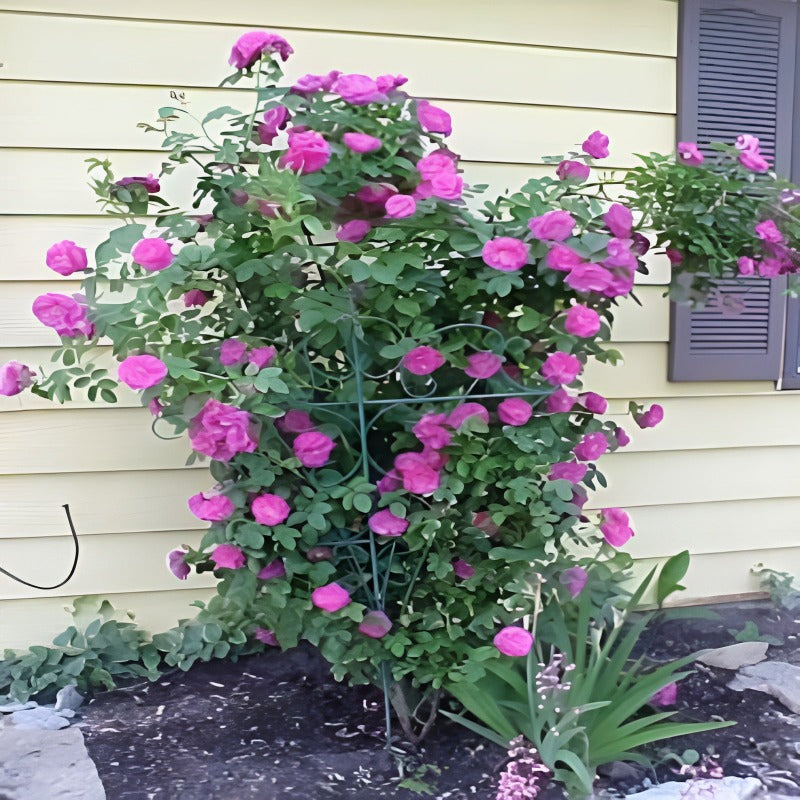- Historical context: Climbing roses have been cultivated for centuries, with their origins tracing back to ancient civilizations that valued them for their beauty and fragrance.
- Geographical origination: Climbing roses are believed to have originated in Asia, particularly in regions of China and Japan, before spreading to Europe and other parts of the world.
- Relevant cultural significance: Roses have been symbols of love, beauty, and passion in various cultures. Climbing roses, in particular, have been used to adorn gardens, trellises, and walls, adding vertical interest and charm.
- Time period of discovery: The cultivation of climbing roses can be traced back to ancient times, but they gained significant popularity in Europe during the 18th and 19th centuries.
- Original habitat: Climbing roses originally thrived in temperate regions with well-drained soils and ample sunlight.
- Notable historical uses: Historically, climbing roses have been used in ornamental gardening, landscape design, and as natural barriers or screens in gardens.
- Ideal temperature range: 15-25°C (59-77°F)
- Soil type: Well-drained, loamy soil with a pH range of 6.0-7.0.
- Sunlight requirements: Full sun (at least 6 hours of direct sunlight per day).
- Watering needs: Regular watering, ensuring the soil remains moist but not waterlogged. Deep watering is recommended to encourage strong root growth.
- Planting season: Best planted in spring or fall when the temperatures are moderate.
- Germination time: Typically 2-4 weeks under optimal conditions.
- Growth cycle duration: Climbing roses are perennial plants, meaning they will grow and bloom year after year.
- Common pests and diseases: Aphids, spider mites, black spot, powdery mildew, and rust. Regular monitoring and appropriate treatments are essential.
- Companion planting advice: Good companions include lavender, marigolds, and garlic, which can help deter pests and enhance growth.
- Common challenges and solutions: Common challenges include pest infestations and fungal diseases. Solutions include regular pruning, proper spacing for air circulation, and using organic or chemical treatments as needed.
- Nutritional values: While not typically consumed, rose hips (the fruit of the rose plant) are rich in vitamin C and antioxidants.
- Health benefits: Rose hips have been used in traditional medicine for their anti-inflammatory and immune-boosting properties.
- Culinary uses: Rose petals and hips can be used to make teas, jams, and syrups.
- Medicinal uses: Rose hips are used in herbal remedies to treat colds, flu, and digestive issues.
- Other unique advantages: Climbing roses add vertical beauty to gardens, can be used to cover unsightly structures, and provide habitat for beneficial insects and birds.




